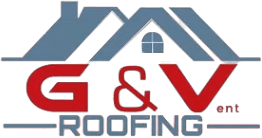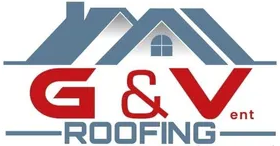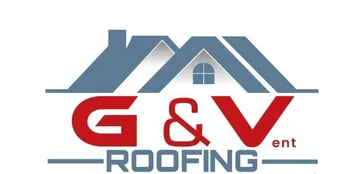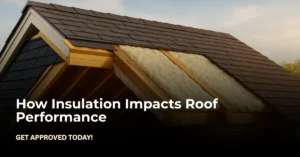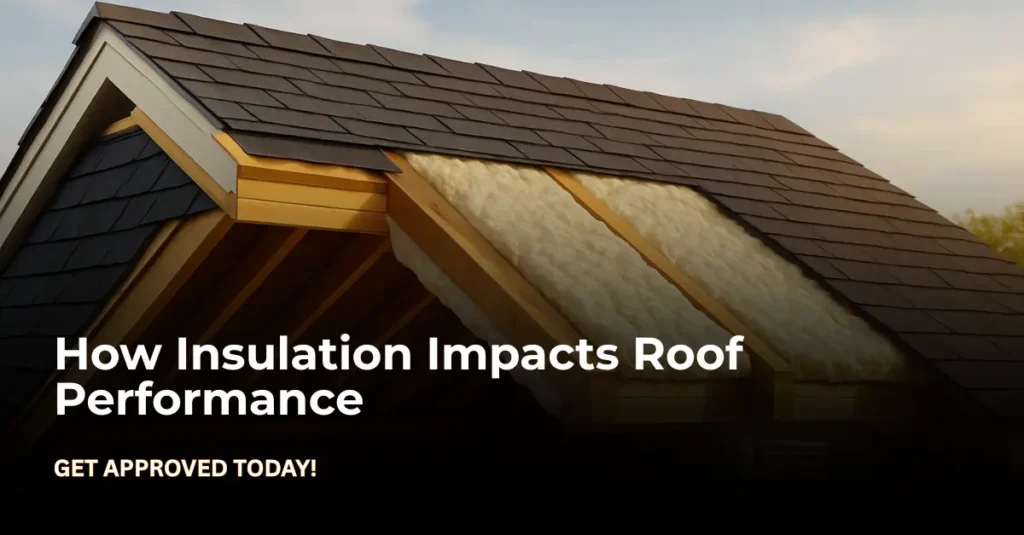
Roof insulation is a protective thermal barrier installed within the building envelope to control energy transfer between indoor and outdoor environments. It plays a key role in maintaining indoor temperatures, enhancing energy efficiency, and improving the lifespan of the roof.
How Does Roof Insulation Work?
Roof insulation slows down heat flow through the roof structure. In cold weather, it retains heat indoors. In warm climates, it keeps heat out. This dual action improves HVAC efficiency, reduces cooling and heating loads, and cuts down utility bills.
What’s the Difference Between Attic and Roof Insulation?
Comparison | Attic Insulation | Roof Insulation |
Placement | Floor of attic | Between rafters |
Application | Prevents rising heat | Forms sealed barrier |
Cost | More affordable | Higher upfront cost |
Energy Efficiency | Good | Better, especially in conditioned attics |
Why Are R-values Important?
The R-value measures insulation’s resistance to heat flow. Higher R-values provide better thermal resistance. Climate zones and material thickness determine the appropriate R-value.
Material | R-Value per inch |
Fiberglass | 2.9 – 3.8 |
Spray Foam (Closed-Cell) | 6.0 – 7.0 |
Rigid Foam | 4.5 – 6.5 |
Cellulose | 3.2 – 3.8 |
Roof insulation helps balance indoor temperature while supporting humidity control and air quality.
The next section compares the best insulation types for different needs.
Types of Roof Insulation Materials
What Are the Main Types of Roof Insulation?
Different roof insulation materials offer varied benefits depending on budget, climate, and roof design.
1. Fiberglass
- Cost-effective
- Available in batts or rolls
- R-value: 2.9–3.8 per inch
- Susceptible to moisture and needs a vapor barrier
2. Spray Foam (Open-Cell & Closed-Cell)
- Air-sealing and high insulation rating
- Closed-cell: high R-value, moisture-resistant
- Open-cell: better for soundproofing
- Ideal for hard-to-reach areas
3. Rigid Foam Boards
- High compressive strength
- R-value: 4.5–6.5 per inch
- Works well on flat roofs
4. Cellulose
- Made from recycled paper
- Good thermal and acoustic properties
- Fire-retardant treated
What’s the Best Roof Insulation by Climate?
Climate Zone | Recommended Material |
Hot | Spray foam (closed-cell), radiant barrier |
Cold | Fiberglass batts with vapor barrier |
Mixed | Rigid foam with moisture protection |
Choosing the right insulation material improves performance, sustainability, and ROI.
Now, see how insulation affects energy savings.
How Roof Insulation Enhances Energy Efficiency
Does Roof Insulation Lower Energy Bills?
Yes, roof insulation reduces the workload on HVAC systems by minimizing heat transfer. This leads to measurable drops in both heating and cooling costs year-round.
- Reduces thermal bridging
- Slows energy loss through the roof
- Ensures even seasonal performance
Seasonal Performance Benefits
- Winter: Blocks heat escape, reducing heating load
- Summer: Keeps interiors cool, reducing AC usage
- Year-round: Improves U-value and energy ratings
Example:
According to ENERGY STAR, homeowners can save up to 15% on heating and cooling costs with proper insulation.
Good insulation enhances comfort and savings.
The next section covers how it also affects indoor climate and health.
Roof Insulation and Indoor Comfort
How Does Roof Insulation Improve Indoor Comfort?
Insulation creates a thermal barrier that prevents drafts, hot spots, and cold zones. It ensures a stable indoor temperature and supports air quality by limiting moisture ingress.
How Insulation Controls Air Quality and Humidity
- Vapor control layers reduce mold risk
- Maintains dew point outside living spaces
- Reduces condensation on ceilings
Common Comfort Complaints Solved by Insulation
Symptom | Likely Cause | Insulation Fix |
Uneven temps | Gaps in attic | Add continuous insulation |
High humidity | No vapor barrier | Add vapor control layer |
Mold | Poor airflow or moisture | Add sealed insulation and vents |
Insulation boosts both comfort and air safety.
Next, see how it preserves your home’s structural integrity.
Roof Insulation and Structural Protection
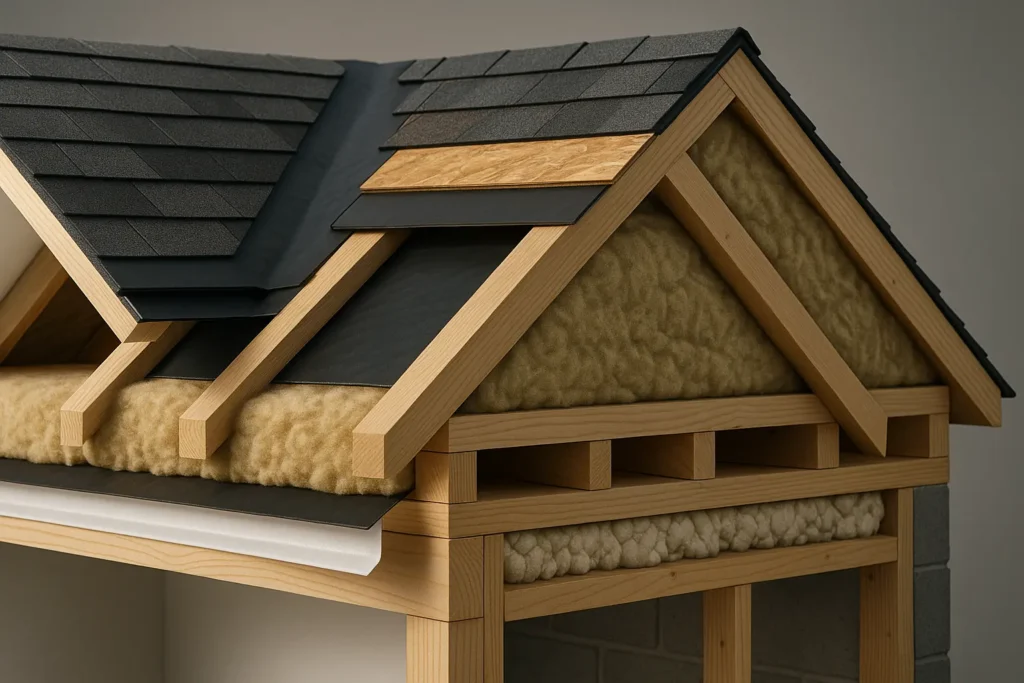
Does Insulation Protect the Roof Structure?
Yes. Roof insulation shields structural components from condensation, freeze-thaw cycles, and thermal expansion. This reduces long-term damage to decking, rafters, and shingles.
Benefits for Structural Integrity
- Prevents mold and wood rot
- Limits ice damming near eaves
- Minimizes expansion/contraction stress
Common Structural Problems Prevented
Problem | Prevention via Insulation |
Water damage | Vapor barriers & ventilation |
Shingle damage | Temperature regulation |
Rafter cracking | Thermal stability |
Structural protection improves roof lifespan.
In the next part, we explain how different roof types require specific insulation strategies.
Roof Insulation for Different Roof Types
What’s the Best Insulation for Pitched, Flat, and Metal Roofs?
Insulation needs change based on roof type, design, and ventilation method.
Flat Roofs
- Use rigid board or spray foam
- Ensure drainage slope
- Avoid moisture traps under the membrane
Pitched Roofs
- Insulate between rafters
- Use batting or foam
- Choose warm vs cold roof strategy
Metal Roofs
- Require thermal breaks
- Use closed-cell foam or rigid insulation
- Avoid condensation buildup
Roof Type | Insulation Type | Special Note |
Flat | Rigid foam | Ensure drainage |
Sloped | Fiberglass batts | Combine with air barrier |
Metal | Closed-cell foam | Include vapor layer |
Roof-specific insulation enhances durability and comfort.
The next section dives into insulation pricing and ROI.
Cost of Roof Insulation Installation
How Much Does Roof Insulation Cost?
Insulation cost depends on material, roof size, and installation complexity. Expect higher prices for spray foam and professional labor.
Insulation Type | Cost per Sq Ft |
Fiberglass | $0.50 – $1.00 |
Spray Foam | $1.00 – $3.00 |
Rigid Foam | $1.50 – $3.50 |
Cellulose | $0.60 – $1.20 |
DIY vs. Professional Installation
- DIY: Lower upfront cost, but risk of poor sealing
- Professional: Better insulation continuity and ROI
DIY kits include PPE, cutting tools, and blower machines. Installation mistakes can reduce R-value and increase air leakage.
Payback period is typically 3–5 years based on utility savings.
Next, we look at incentives that lower these costs.
Government Rebates & Roof Insulation Regulations
Are There Rebates for Roof Insulation?
Yes. Federal, state, and local governments offer insulation rebates, tax credits, and grants for energy upgrades.
- Energy audits qualify homeowners for rebates
- Must meet minimum R-values per local code
- Require certified insulation contractors for compliance
Program Type | Benefit |
Federal Tax Credit | Up to 30% of cost |
Local Utility Rebates | Varies by region |
Energy Star Certified Homes | Bonus points for resale |
Code compliance ensures you pass building permits and inspections.
The next section explains the environmental benefits of quality insulation.
Roof Insulation and Environmental Impact
How Does Insulation Help the Environment?
Insulation reduces carbon emissions by lowering energy use and decreasing dependence on fossil fuels.
Eco-Friendly Insulation Options
- Cellulose: Recycled paper
- Mineral Wool: Natural stone fibers
- Spray Foam: Available in low-GWP formulations
Green Building Compliance
- Supports LEED and Passive House certification
- Reduces embodied carbon when using recycled materials
- Improves environmental rating of your home
Better insulation equals a smaller climate footprint.
Coming up: how to tell when your insulation needs upgrading.
Signs You Need Better Roof Insulation
How Do You Know If Roof Insulation Is Failing?
Homeowners can spot poor insulation by monitoring comfort levels, energy bills, and moisture signs.
Common Signs of Insulation Problems
- High heating/cooling bills
- Drafts or inconsistent temperatures
- Mold or mildew near ceilings
- Visible insulation gaps
- Cold attic surfaces during winter
Tools to Identify Problems
- Infrared camera scans
- R-value degradation tests
- Professional energy audits
If your home experiences any of the above, consider insulation upgrades.
Next, we explain whether you should DIY or hire a pro.
DIY vs. Professional Roof Insulation Installation
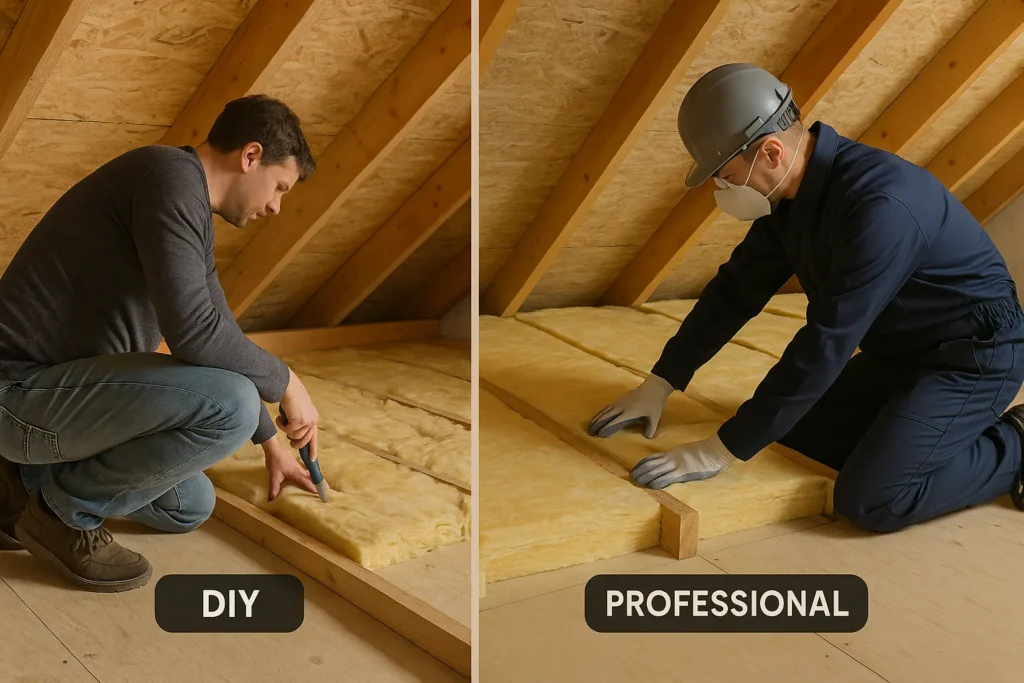
Should You Install Roof Insulation Yourself?
DIY insulation is possible for small jobs but comes with risks. Consider material type, roof access, and required protective gear.
Factor | DIY | Professional |
Cost | Lower | Higher |
Safety | Limited | Trained |
Quality | Varies | Guaranteed |
Tools Needed | Ladder, PPE, cutters | Blower, sealants |
When to Hire a Contractor
- Complex roofs or attic structures
- Moisture-prone areas
- High-performance insulation goals
Hiring an insulation installer ensures correct air sealing, R-value compliance, and longer-lasting results.
Let’s wrap up with common questions.
✅ FAQ Section: Signs of Roof Damage
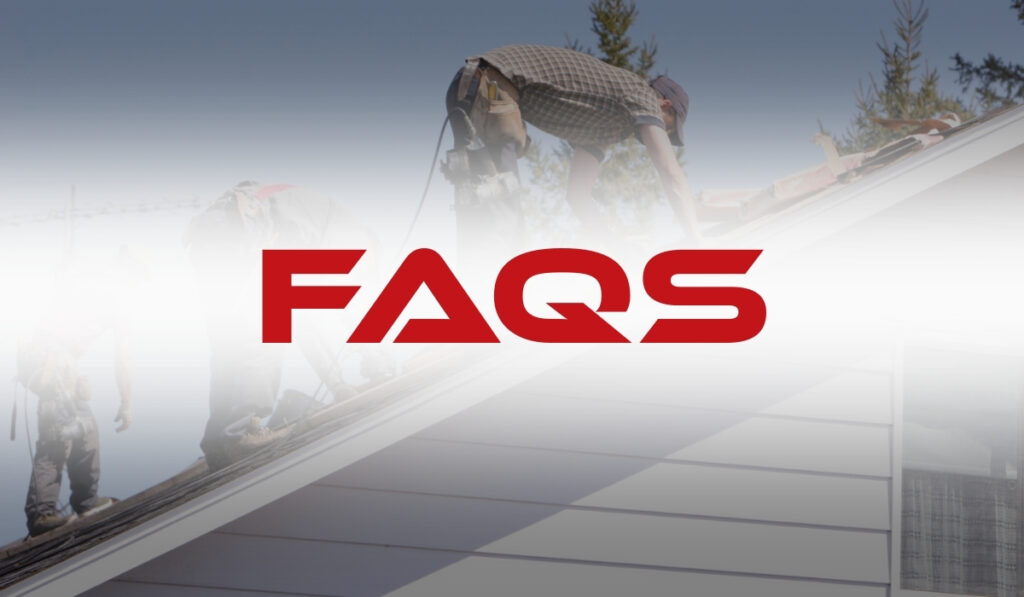
Water stains, curled shingles, granules in gutters, and sagging lines signal early roof damage.
Leaks show stains, odors, or moisture; old roofs show curling, discoloration, and granule loss.
Yes. Look for mold, damp insulation, wood rot, and daylight through rafters.
Yes. Damaged insulation or ventilation can raise heating and cooling costs significantly.
Inspect during spring and fall or immediately after storms or extreme weather.
FAQs About Roof Insulation
Can Roof Insulation Reduce Noise?
Yes. Insulation materials like open-cell spray foam and cellulose provide acoustic insulation, reducing sound by up to 50 dB.
What’s the Best Roof Insulation for Hot Climates?
Radiant barriers and closed-cell spray foam resist heat transfer, making them ideal for hot zones.
Can You Over-Insulate a Roof?
Yes. Over-insulation can trap moisture if vapor control is missing, leading to condensation and mold issues.
How Much Insulation Do I Need?
It depends on your climate zone and local building code. Most homes need R-38 to R-60 in attics.
Is Roof Insulation Good for the Environment?
Yes. It supports green home certification, lowers energy use, and reduces carbon emissions.
Want More High-Quality Roofing Projects on Long Island?
G&V Roofing delivers trusted craftsmanship, reliable service, and local expertise that turns property owners into lifelong clients—all from one professional source.
Our Services:







Learn About:





🏡 Looking to Upgrade Your Roof or Protect Your Property Investment?
Whether you’re a homeowner looking for reliable roof solutions or a property manager seeking fast, expert repairs—G&V Roofing is your go-to Long Island partner for long-lasting protection and peace of mind.
 Follow Us for the Latest in Roofing Care, Property Protection & Home Improvement:
Follow Us for the Latest in Roofing Care, Property Protection & Home Improvement:





